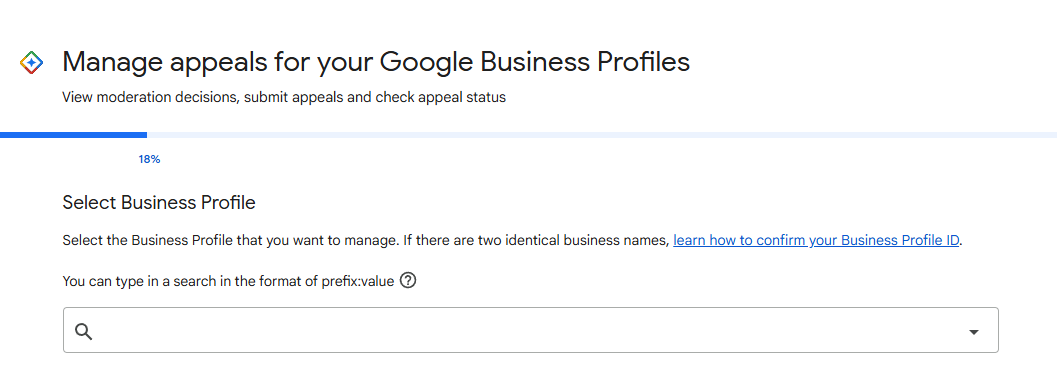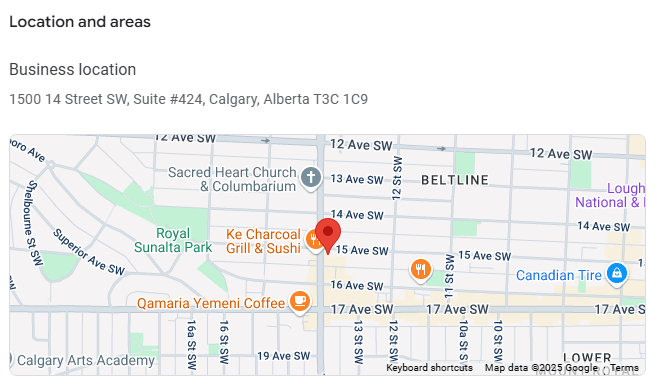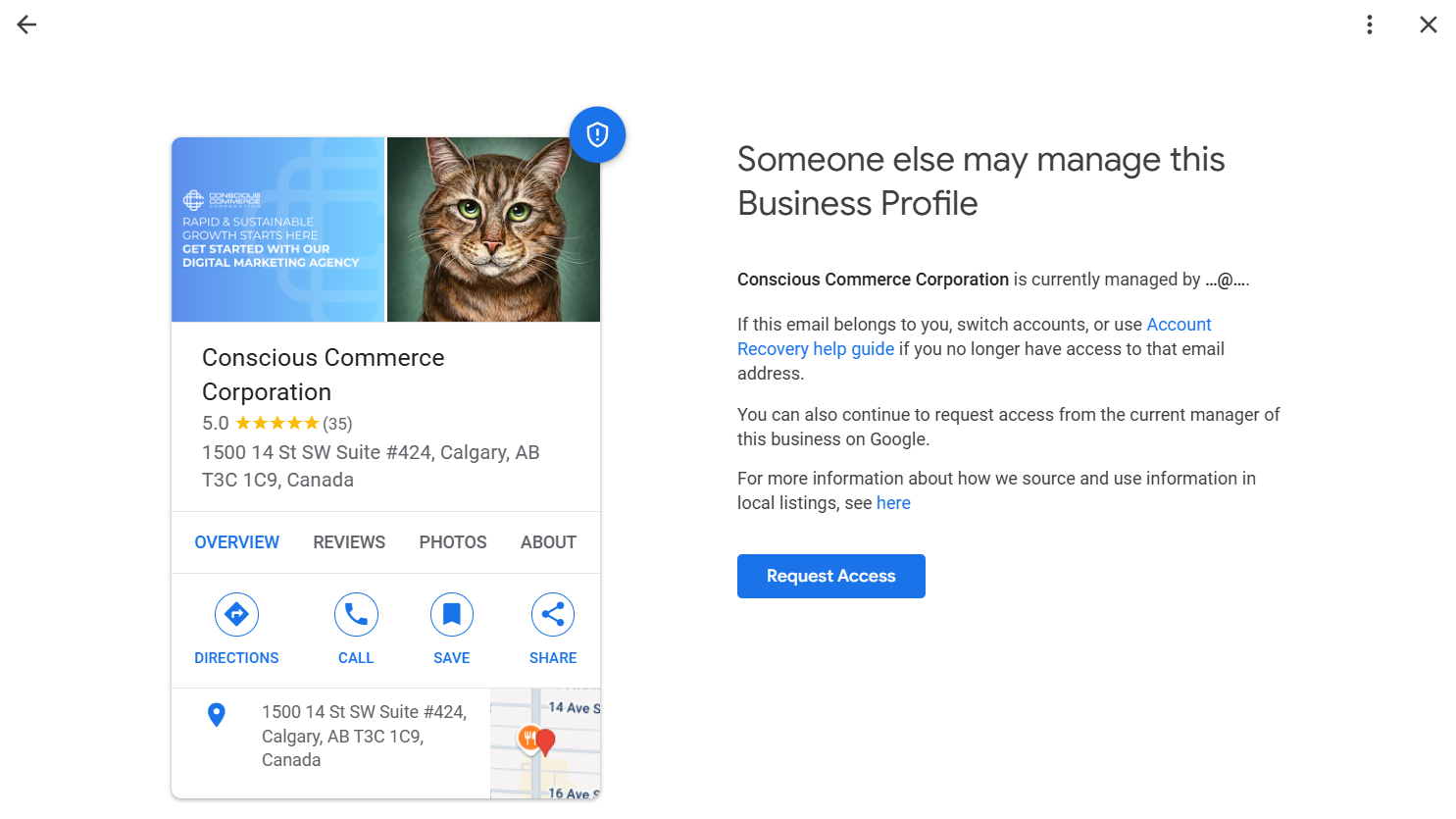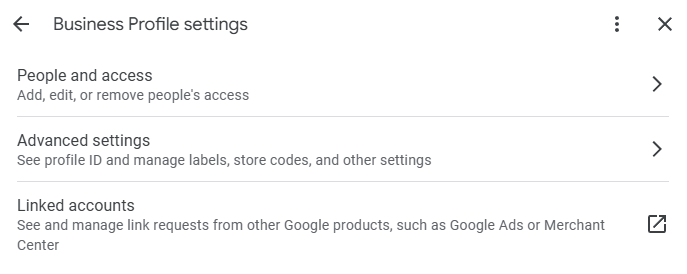Why Mobile-First Design Is Essential for SEO Success
In today’s digital landscape, a mobile-first design is no longer just an option—it’s a necessity. With mobile traffic consistently outpacing desktop, search engines like Google have shifted to mobile-first indexing, meaning they predominantly use the mobile version of a site for indexing and ranking. If your site isn’t optimized for mobile, you risk falling behind in search engine rankings and losing valuable traffic.
In this blog post, we’ll explore why mobile-first design is critical for SEO success, how it directly impacts user experience, and the practical steps you can take to implement it. We’ll also provide key metrics to monitor so you can track your success.

The Rise of Mobile Usage
The growth of mobile devices over the past decade has been staggering. More than half of all global web traffic now comes from mobile phones, and this number continues to rise. Users expect websites to load quickly, be easy to navigate, and offer a seamless experience across devices. If your site isn’t optimized for mobile, you risk losing a significant portion of your audience.
Google recognized this shift in user behaviour and adopted a mobile-first indexing approach. This means that Google’s algorithms primarily use the mobile version of a website’s content to determine how it should rank in search results. However, it's not just Google—search engines like Bing and others also reward mobile-friendly websites. A mobile-optimized site is no longer optional—it’s a critical factor for SEO success across multiple platforms.
Mobile-First Indexing: What It Means for SEO
Mobile-first indexing means that Google uses the mobile version of your site as the primary source of information for ranking and indexing. This approach prioritizes websites that offer a mobile-friendly experience, which has a direct impact on your rankings. Even if a significant portion of your audience visits your site via desktop, your rankings are still largely determined by your mobile site’s performance.
It’s important to note that this shift isn’t about having a mobile version in addition to your desktop site—it’s about ensuring your mobile site is your primary version. Therefore, your content, images, and user experience should be optimized for mobile, with desktop being secondary.
Key Metrics to Monitor:
- Mobile Page Speed: Use tools like Google’s PageSpeed Insights or Lighthouse to assess your mobile load times. Aim for a mobile speed score of 90 or above.
- Mobile Bounce Rates: High bounce rates on mobile could indicate that your design isn’t engaging or easy to navigate. Monitor this in Google Analytics.
- Mobile Crawl Errors: Check Google Search Console for any crawl errors specific to your mobile version, such as blocked resources or mobile usability issues.
The Impact of Mobile-First Design on User Experience
User experience (UX) is a critical component of SEO, and mobile-first design significantly enhances UX for mobile users by providing:
- Faster Load Times: Users expect fast-loading pages, and mobile-first design ensures that images, scripts, and other elements are optimized for quick loading on mobile devices. According to Google, the likelihood of users bouncing increases by 32% when page load time goes from 1 second to 3 seconds. MAP Web’s built-in features, like automatic image compression and lazy loading, make this easy to achieve.
- Easy Navigation: Mobile users want websites that are easy to navigate, with menus and buttons that are touch-friendly. Mobile-first design ensures that navigation is intuitive and seamless. Simple, minimalistic designs work best on mobile, and by decluttering your navigation, you help users find what they need quickly.
- Clear and Concise Content: Mobile screens are smaller, so a mobile-first design prioritizes concise, actionable content that’s easy to consume. Avoid long text blocks and focus on headings, bullet points, and visual content. This helps users engage more quickly and reduces bounce rates, which are an important SEO signal.
Core Elements of a Mobile-First Design for SEO
Here are some essential components of a mobile-first design that directly impact your SEO performance, along with practical steps on how to implement them using MAP Web.
- Responsive Layouts: A responsive design automatically adjusts the layout and elements to fit different screen sizes. MAP Web makes this easy with pre-built responsive templates. You don’t need to code anything—simply select a template, and your site will look great on any device.
- Optimized Images and Videos: Large media files can drastically slow down your site. MAP Web offers automatic image compression to reduce file sizes without sacrificing quality. You can also use lazy loading, which delays the loading of images and videos until the user scrolls to them, improving initial load times.
- Fast Loading Times: Google prioritizes speed, and MAP Web ensures your site loads quickly by optimizing CSS, JavaScript, and image files. Additionally, using MAP Web’s global CDN (Content Delivery Network) can further improve load times by distributing your site’s content across multiple servers worldwide.
- Touch-Friendly Design: All clickable elements, such as buttons and links, should be large enough for users to tap comfortably on a mobile device. MAP Web allows you to easily adjust button sizes and ensure forms and other interactive elements are mobile-friendly, enhancing usability.
- Minimalist Design: Mobile-first design encourages a minimalist approach, stripping away unnecessary elements that slow down load times or overwhelm users. MAP Web’s drag-and-drop editor allows you to simplify your site, focusing on core content and functionality. By minimizing distractions, you can create a more streamlined user experience.
The Benefits of Mobile-First Design for SEO
A mobile-first design brings numerous benefits to your SEO performance, including:
- Improved Search Rankings: With mobile-first indexing, having a mobile-optimized site is essential to ranking well. Mobile-first design ensures your site is responsive, fast, and optimized for smaller screens, all of which contribute to higher search engine rankings.
- Lower Bounce Rates: A fast, easy-to-navigate mobile site keeps users engaged, reducing bounce rates. Lower bounce rates signal to search engines that your content is valuable and engaging, which can improve rankings over time.
- Better User Engagement: A mobile-first design enhances overall user experience, leading to increased time spent on the site, more page views, and higher conversion rates. Engaged users are more likely to share your content and return, which can positively impact your SEO.
- Future-Proofing Your Site: As mobile usage continues to grow, optimizing for mobile-first design ensures your site is prepared for future changes in user behaviour and search engine algorithms. This forward-thinking approach helps you stay competitive and maintain strong rankings over time.
Make Mobile-First Design a Priority
In an increasingly mobile-driven world, a mobile-first design is essential for SEO success. Search engines prioritize user experience, and mobile-first design ensures your site is fast, responsive, and easy to navigate across all devices. By adopting a mobile-first approach, you improve your search rankings and provide a better experience for your users—both of which are critical for long-term growth.
If your site isn’t mobile-friendly, now is the time to make the switch. A mobile-first design can transform your SEO and help you achieve higher rankings.
Contact us today to learn more about how mobile-first design can improve your site’s performance and drive results!














